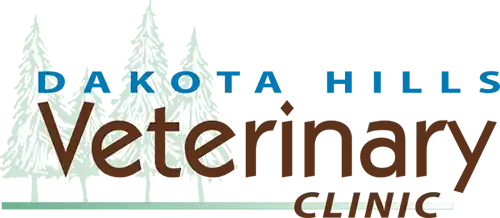Your house is gradually turning into a menagerie. You’ve got a dog, a cat, and a couple of guinea pigs; however, there’s always room for more. After evaluating different types of small reptiles, you’re looking for a smallish lizard who can thrive in a spacious terrarium. While you’ve gathered some general information on the little critter’s needs, your Rapid City veterinarian can provide you with expert lizard-keeping advice.
Physical Environment
You’d like your lizard to live in a nicely furnished, plant-filled terrarium. That’s probably wishful thinking, as your lizard will likely root through your plants and tear your landscaping materials to bits. Instead, provide him with a clean basic living environment. Cover the cage bottom with paper, not cedar or pine shavings, as these woods can carry toxins for reptiles. Gravel or dirt bottoms are fine if you can keep them dry and clean.
Light and Heat
Your lizard needs some ultraviolet light, either from sunlight or a synthetic light source, or he won’t last very long. Don’t place his cage in a window or other direct sunlight, as you will essentially have a baked lizard on your hands. He also requires heat to digest his food, but here’s where it gets tricky. Because your lizard needs different temperatures for different steps of his digestive process, vary the cage sectors’ heat levels so he can move around as needed. A thermometer and incandescent light will be helpful, but consult your vet to determine the optimum heat levels.
Cage Furnishings
Give your lizard a hiding place such as a chunk of bark or a log. Make sure the cage lid fits tight, as you don’t want a lightning-fast lizard scurrying through your house. Your lizard should get his food on a flat surface or small plate so he doesn’t suck up small rocks with his food. Provide fresh, clean water in a crockery dish; or spray the cage interior daily to provide water for a tree-dwelling lizard who drinks from rain drops or dew. Note that your little reptile will periodically shed his skin, and will also drop feces here and there. Clean his cage regularly with a mild bleach solution, and rinse thoroughly.
Now that your little reptilian pet has a nice place to live, keep a close eye on his daily habits. When something doesn’t look quite right, your Rapid City vet is standing by to provide expert assistance.




!Social Media Icons